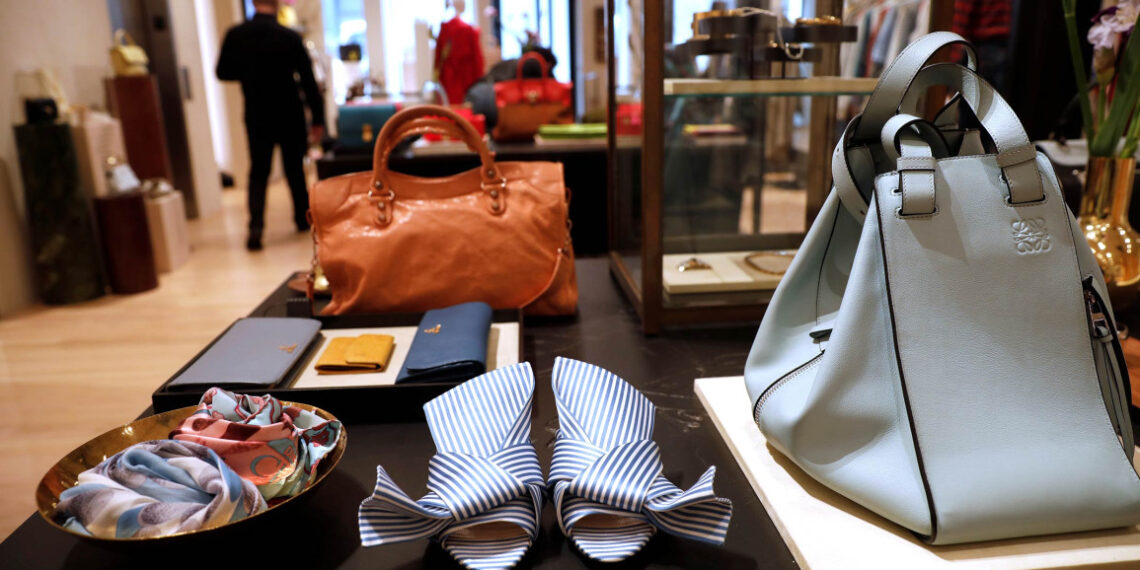How luxury branding creates a dream
Luxury branding operates according to its own rules, different from those of mass-market strategies. Professor Jean-Noel Kapferer is one of the leading researchers in this field. He has identified several principles that govern advertising in the luxury goods sector.
One of the most important rules of behaviour in this sector is to follow a certain image that emphasises uniqueness. For example, a company should not discount luxury goods. It should also not reduce the product’s value in the eyes of the customer by selling it on discount sites such as Amazon or TJX Runway.
According to Kapferer, luxury has a unique business model different from fashion or premium. One of the key components of this model is to limit supply to meet demand. As a result, the company has a selective distribution strategy that determines which customers have the opportunity to purchase products and which do not. However, this is the most personalised approach, which helps to retain loyal customers. This principle does not apply to other segments, even the premium segment.
Luxury brands have a different mindset and convey a completely different message to a narrow target audience:
- in this case, it is not the company that tries to attract the consumer’s attention but vice versa;
- customers chase luxury goods and make an effort to buy them;
- the manufacturer makes every effort to maintain the image of being selected and unique;
- the company aims to differentiate itself from other brands while maintaining its market share.

In the luxury sector, it is difficult to copy ideas. Such an approach would damage the image. Here, each manufacturer cares about providing a unique product and maintaining exclusivity.
The target audience for luxury branding is a small group of wealthy people. Moreover, it is challenging for companies in this segment to attract millennials and Generation Z. The fact is that these consumers focus on impressions rather than material values. As a result, they are only willing to spend a portion of money on goods if they are iconic and exclusive.
The difference between luxury and fashion
Fashion changes with each season, offering consumers new products. The luxury segment works to create timeless items that do not depend on market trends. At the same time, their popularity increases over the years, as does their price. Accordingly, the promotional strategy of such brands is to ensure that the products are always relevant, making them a dream for many consumers. They may want to buy a Cartier or Rolex for years, and the watch will be a wonderful reward when they can afford it. Luxury goods are also an excellent way to invest. Their value only increases, meaning that the product’s sale will bring its owner additional income in the future.




